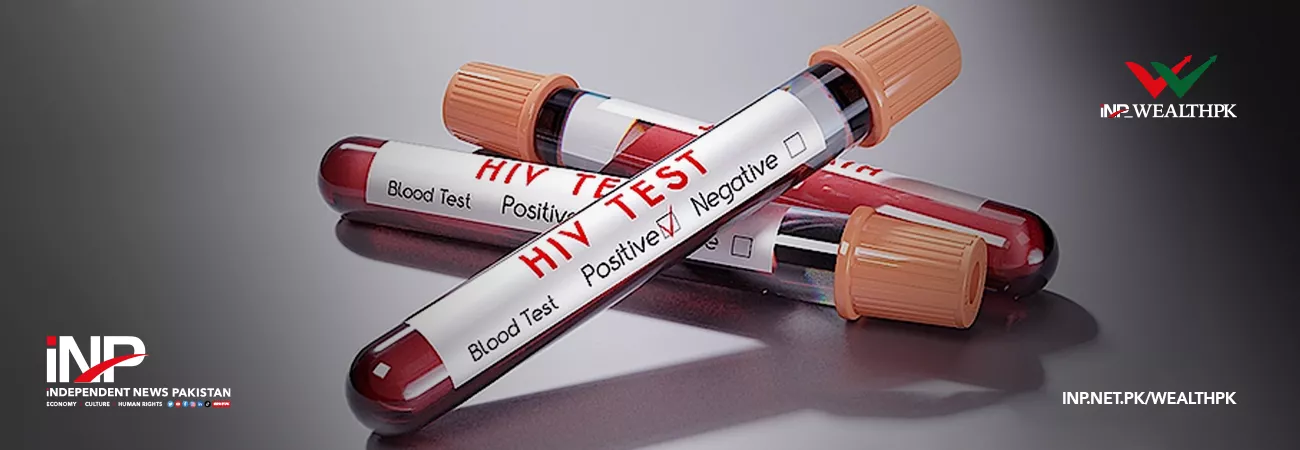INP-WealthPk
Naveed Ahmed
Pakistani scientists have developed a facility of microfluid lab on a chip to make HIV/AIDS diagnosis easier and affordable. Nauman Zafar Butt, Associate Professor Electrical Engineering at the Lahore University of Management Sciences (LUMS), Syed Babar Ali School of Science and Engineering, said while talking to WealthPK that the Higher Education Commission (HEC) funded the project to develop a product-level demonstration of a biochip for HIV/AIDS diagnosis. The budget for the project was Rs11.083 million and it was completed in two years.
Prof Nauman said the currently used HIV/AIDS diagnostic equipment is bulky and expensive (costing between Rs7 and Rs15 million) and requires about Rs1 million in servicing and maintenance. Consequently, such equipment is only available in large hospitals and sophisticated research laboratories in Pakistan, and is neither affordable nor accessible to most infected individuals.
The emerging technology has allowed the development of portable biochips for diagnosing a broad spectrum of diseases. This device enumerates biomarkers (molecules found in blood, body fluids, or tissues that indicate a particular condition or illness). The device also provides information about signs of disease associated with its developmental stages in a human body. The chip will intake a tiny blood sample that will flow through microfluidic channels using integrated circuit technology.
While talking about the device’s working, Prof Nauman said that when the blood sample is pushed through the channel, microelectrodes built into the microfluidic channels send electrical pulses depending on the number and shape of the target cells. An antibody coating on the chip will capture biomarkers specific to a given biomarker, while the rest of the sample will flow through another set of microelectrodes. For disease diagnosis, a differential impedance signal between the chamber’s entrance and exit provides information about the target cell membranes’ size, shape, and properties.
He said that implementing microfluid chips for HIV diagnosis in resource-limited settings can help bridge the gap between the need for increased testing and the lack of resources. New technologies, including smartphones, may enable a diverse range of methods for disease detection. “Paper and flexible test plates offer inexpensive materials for assays, reducing the need to purchase costly equipment. Unlike microfluid chips, traditional laboratory methods require more resources and trained personnel to interpret results,” he added.
Prof Nauman explained that authorities could downsize benchtop machines to function on a micro scale for rapid analysis. He said microfluidic chips are also highly sensitive and specific, similar to their benchtop counterparts. In addition to being inexpensive, they can be reusable or disposable and require low-cost materials for fabrication. “It is possible to conduct rapid HIV testing with various technologies, but the choice depends on the needs and financial constraints of a patient. For HIV detection in resource-limited areas, microfluid chip devices may be preferable since they do not require complex laboratory infrastructure,” he added.
Credit : Independent News Pakistan-WealthPk













